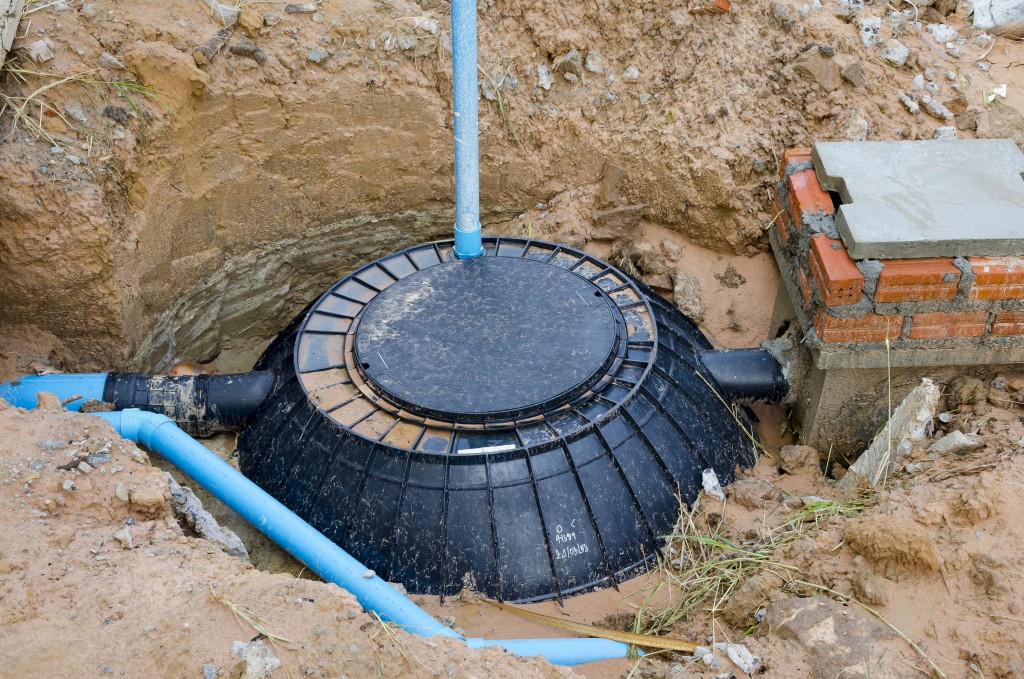You have probably come across the application of environmentally friendly approaches in almost everything we use today, from appliances to everyday items like utensils. However, would a tank or sewerage system apply here?
Septic tanks are underground systems, so it is easy to forget about their existence. To tell you the truth, however, a septic tank is already green in its own way — it comprises of only two major parts and is simple to construct. You can help enhance the life of its system and prevent frequent, expensive repairs by adding value to its performance. How? You can follow these maintenance ideas:
1. Use Friendlier Chemicals
The tank can function with normal cleaning chemicals, so subjecting it to extremely harsh chemicals will only create bacterial imbalance down there. Some of the problems that could follow are leech field malfunctions, clogging, and groundwater pollution.
While most household cleaners are safe, problems could occur with too many chemicals. Septic-safe products are the way to go. Look for septic-safe labels on the product, as this is an indication from the Environmental Protection Agency (EPA) that the product is safe.
2. Reduce Water Wastage
Too much water in the septic tank is not ideal, as it overworks the system. Furthermore, subjecting the tank to such amount in a short term can flush untreated sludge. For the system to last longer, you might want to be careful how you send water to it. Conserving water will also benefit the environment.
Here are some tips on reducing water wastage:
- Use water efficient fixtures
- Turn off the water whenever possible
- Space out the laundry
- Fix water leaks in the toilets and faucets immediately
3. Keep Food Scraps Off the Tank

Garbage disposals grind food scraps, making disposal and processing easier. With a tank, these food pieces will end up being flushed down.
The garbage disposal system poses a challenge when the items in question are non-biodegradable food items or hard to breakdown. Examples of food that can be troublesome are bones, grease, oil, and coffee grounds. Food scraps and other items take a lot of space in the tank, giving bacteria less time for breaking down the components.
4. Promote Regular Maintenance
Proper and regular maintenance of the tank promotes fewer repairs and therefore, have a longer life than septic systems that are often disregarded. Regular maintenance prevents problems before they even escalate. Moreover, it is the best way to prevent overflows and leakages, which could result in groundwater contamination.
Some things you can do in line with keeping your system in good shape are:
- Inspect the septic tank annually
- Keep updated records
- Pump the system when necessary
- Have a certified technician solve tank problems
5. Watch What Goes Down the Toilet
When it comes to the toilet and sink, you have to watch the items you flush. Stick to only toilet paper, water, and waste. Anything else that is non-biodegradable can cause clogging because it will not break down easily. It is also important to dispose of non-biodegradable materials properly for the sake of the environment.
The fact that septic tanks are environmentally friendly by design does not simply mean that you can throw anything inside it. A few simple steps can help its system stay well maintained.







